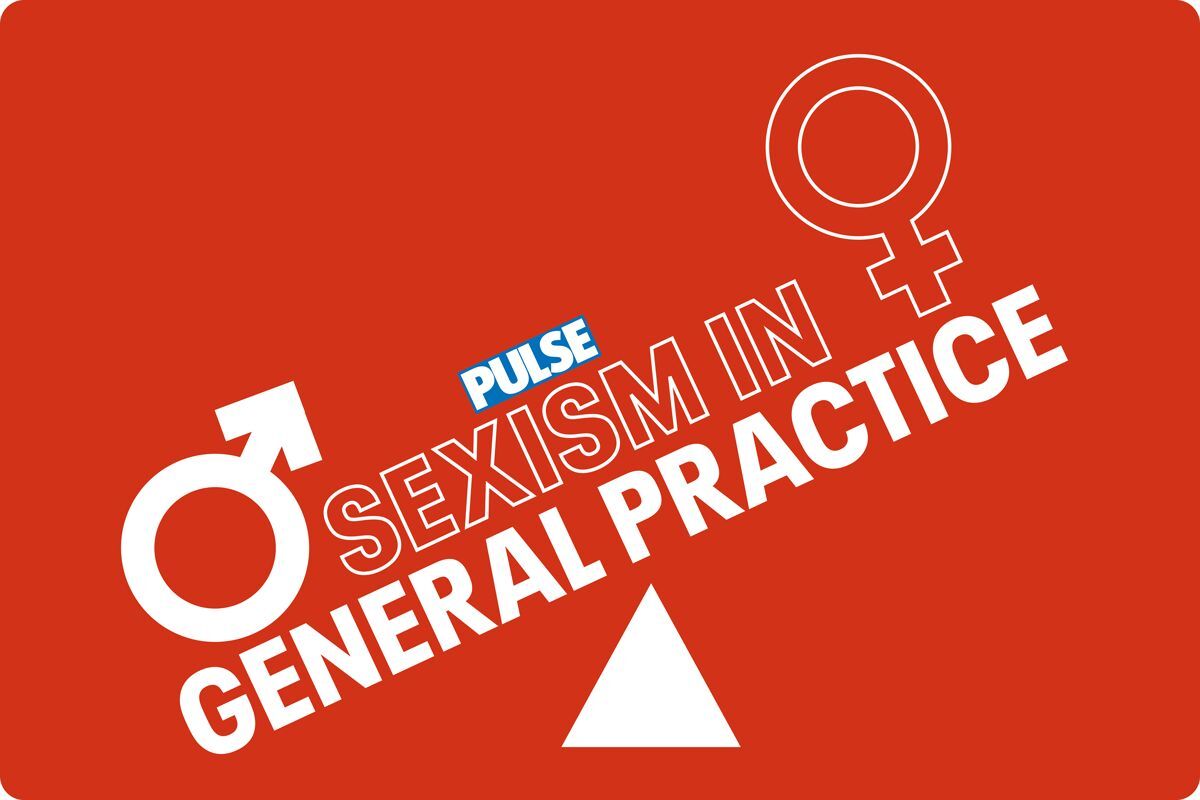The study
A retrospective cohort study of 4,145,226 people in South Korea (all patients on the Korean nationwide health insurance database, which covers all South Koreans) analysed data taken from January 2009 – December 2013.
The risk of intracranial haemorrhage in patients taking anti-depressants without NSAIDs (2,764,779 patients) was compared to those taking anti-depressants with NSAIDs concurrently (2,404,054 patients).
The key outcome measure was the duration of time elapsed before the first admission with intracerebral haemorrhage within 30 days of starting the drugs.
Only patients who started taking anti-depressants (including SSRIs, TCAs, SNRIs, MAOIs, mirtazapine, tianeptine and trazodone) for the first time were included, and patients with a past history of cerebrovascular disease or bleeding were excluded. Patients who were on more than one anti-depressant drug were also excluded.
Warfarin and heparin among several ‘adjusting factors’ in the multivariable model were used in the study, which allowed the authors to obtain an unbiased estimate of the increase in risk of intracranial bleeding as a result of the combined used on NSAIDs and anti-depressants.
The authors discussed how antidepressants (especially SSRIs) reduce the uptake of platelets, which is why they are thought to increase the risk of bleeding. NSAIDs impede the normal function of platelets. One of the actions of SNRIs in particular is that they reduce norepinephrine uptake – the resulting increase in norepinephrine may also contribute to the risk of intracranial bleeding.
The authors explain: ‘Our findings are subject to selection bias and confounding with respect to the relative difference in the baseline for the risk of intracranial haemorrhage between the comparison groups.
‘However, we used propensity score-matching, which should eliminate a greater proportion of the baseline differences than would stratification or covariate adjustment. Although we used a propensity score-matched design, this does not preclude findings being influenced by potential confounders. Hidden bias may remain because of the influence of unmeasured confounders.”
The findings
1 The risk of intracranial bleeding was higher in patients taking antidepressants and NSAIDs together, compared to those on antidepressants without any NSAIDs.
2 There was no statistically significant difference in the risk of intracranial bleeding between the different types of antidepressants, or the age of the patients. However, the risk was higher for male patients compared to female patients.
3 Co-morbidities and other medications being taken did not increase the risk of intracranial bleeding.
What this means for GPs
GPs should be mindful of the increased risk in bleeding in patients taking NSAIDs and anti-depressants, and should prescribe these drugs judiciously and after careful consideration of the risks and benefits. Although the risk of gastrointestinal bleeding when NSAIDs and SSRIs are taken concomitantly is well known, the risk of intracranial bleeding is not well-documented.
The paper
Dr Hamed Khan is a GP in the emergency department of St George’s, London, and a clinical lecturer. He tweets as @drhamedkhan

















